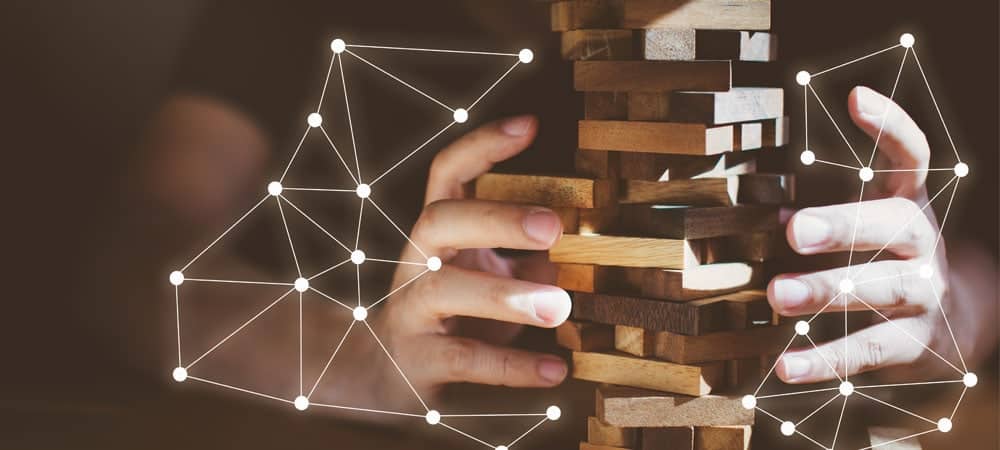Composable Architecture


Composable architecture aims to combine the best of both worlds: a strong foundation of standard software that is complemented by relevant components for specific use cases. When selecting the components, the focus is on the question of which capabilities the software can map and which benefits it fulfills. The architecture becomes more flexible, as individual components can be replaced if necessary. Open interfaces make this possible. This approach makes companies less dependent on individual solutions or providers and enables them to quickly map changes to the business model in the software.
Differentiation via CX
For example, SAP offers solid solutions for the core ERP functions in the backend, but also for core e-commerce functions such as inventory management, check-out or order management. However, these functions do not create customer differentiation. This is where complementary software comes into play. If a company discovers in a general market analysis that competitors achieve higher conversion rates or larger shopping baskets, it should check whether the product presentation at the customer interface is attractive enough. With special tools that, for example, facilitate the webshop-internal search or tell convincing stories with high-quality editorial content, companies create real competitiveness through differentiation at the customer touchpoints.
The requirements for the architecture and the use of the individual components also differ greatly from company to company. Let's take a look at retail: a discount grocery store where customers shop several times a week faces completely different challenges when setting up a loyalty program than a luxury goods retailer where shoppers spend very large sums once a year. These differences in the business model must of course be reflected in the CX platform - even if the technological foundations are the same, the processes must be very customer-specific.
This applies not only to the functional characteristics, but also to technical and infrastructural issues: The technical performance requirements of a system architecture are different for a multi-channel retailer than for an online pure player. KPS has introduced a composable architecture together with Elkjøp, the largest electronics retailer in Northern Europe, which now uses its price web service not only for its online store, but also to display electronic shelf labels in over 400 stores and franchises.
Specific SW architecture
The differences are even more extreme in the business-to-business sector. B2B customers now expect the same intuitive operation, personalization and speed of the customer journey in applications for professional purposes that they are familiar with in their private lives. Amazon, Zalando and co. are therefore also setting the benchmark in B2B. Building a positive customer relationship is all the more important as each purchase can involve hundreds of thousands of euros or more. When making such an investment, decision-makers don't want to wait two weeks for the first offer.
Customer experience is therefore not just a pretty B2B store, but also extends to accelerated quotation processes and digital sales. B2B companies in manufacturing and industry have been able to achieve up to 90 percent faster process throughput times and thus significant cost savings by using digital tools to create and negotiate quotations.
In order to improve the customer experience and speed up processes, you need a very good data basis. Information must be available on who the customer is, what they have already purchased, which discount scales have been negotiated, whether there have been complaints in the past or which field service employees have been on site. The complete interaction history should be mapped in order to communicate with the customer in the most personalized way possible. A composable architecture prevents this different data from being fragmented and stored in different silos, instead making it consolidated and available at all touchpoints.
Every company has very individual challenges and therefore different software requirements. Central questions in KPS consulting projects are initially which processes can be covered well by standards and where best-of-breed software creates market-relevant differentiation and thus a competitive advantage. During the customer journey, we identify the touchpoints through which the company wants to stand out from the competition and offer the customer an excellent UX. Based on this strategy, the specific requirements of a company are then translated into an agile software landscape.






